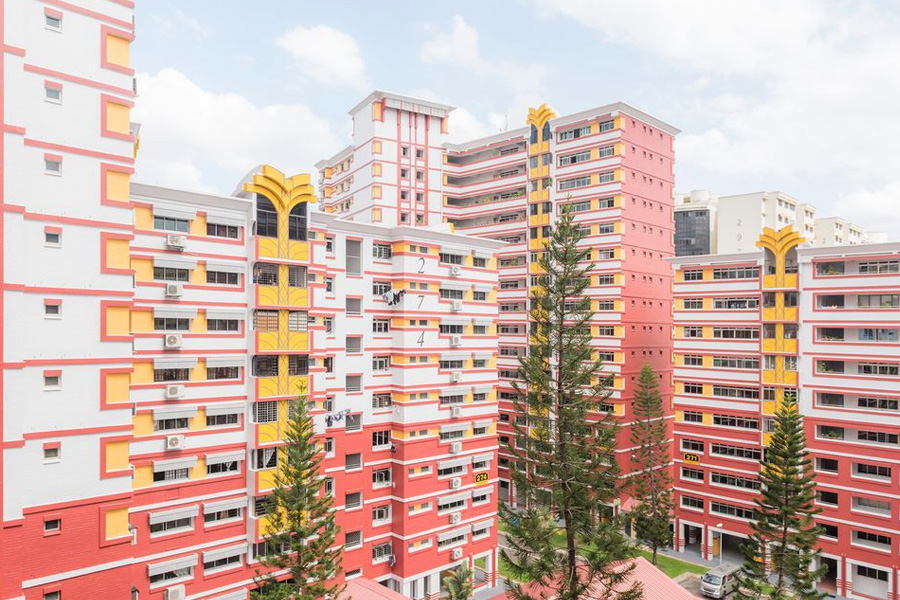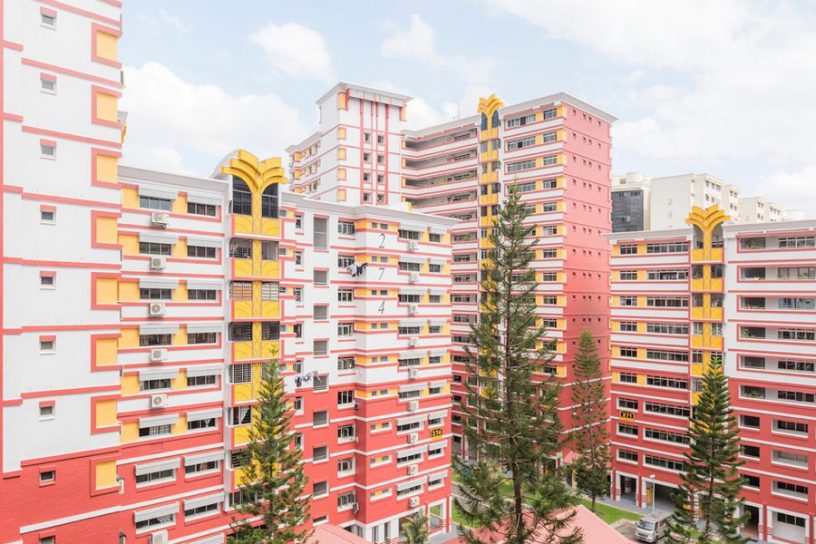
Countries need to rethink their urban development plans keeping in mind the Singapore model.
Authors
Harsh Mahaseth, Assistant Professor at Jindal Global Law School, and a Senior Research Analyst at the Nehginpao Kipgen Center for Southeast Asian Studies, Jindal School of International Affairs, O.P. Jindal Global University, Sonipat, Haryana, India.
Mallika A. Sondhi, Research Assistant at the Nehginpao Kipgen Center for Southeast Asian Studies, and a law student at Jindal Global Law School, O.P. Jindal Global University, Sonipat, Haryana, India.
Summary
Singapore, known as an economic powerhouse and one of the pioneering technological nations is also known for having 1 million public apartments which currently house 80% of the nation’s population. Could this housing model be the answer to help eliminate homelessness and congested cities? If yes, then what other solutions can it exemplify?
Public apartments have a reputation for being of poor quality and are usually used by the economically backward citizens of a nation. However, in Singapore, none of these stereotypes fit the gorgeous high rises and composite housing societies, that are part of the Singapore government’s property portfolio.
These housing societies are known as ‘towns’ and they have their own schools, hospitals, malls and grocery stores. The reason for this development in the housing system of the country was that, during the colonial era, Singapore was dealing with a major overcrowding crisis with most residents of the island nation living in slums which were frequently consumed by illnesses and were also overpopulated and stacked in particular areas making them even more unsanitary and the environment all the more grubby.
The situation was extremely grim and the People’s Action Party, which played a major role in ending British colonial rule in the country, gained power. The Party created the Housing Development Board in 1960 after having attained independence in 1959 as the housing plight of their people was just too severe to ignore.
With the people being on edge and nervous as their future was uncertain post the colonial rule, the leaders decided to use the housing system to help form the foundation of an independent Singapore’s social structure and culture.
This was done by making sure that a ‘town’ was not totally made up of high looming apartment buildings but rather having a variety of dimensions and layouts so as to make the atmosphere airier and not suffocatingly indistinguishable.
Published in: The Geopolitics
To read the full article, please click here.


